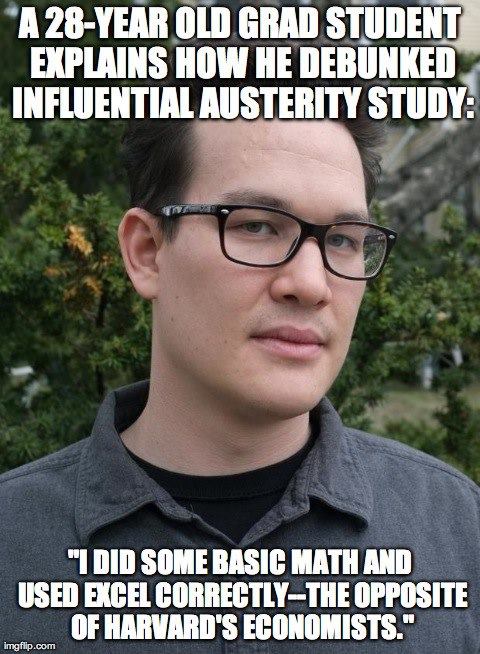As any child promised a weekly allowance in return for chore completion can tell you: details matter. When does the trash need to be taken out? What counts as a completely made bed? What happens if someone else makes a mess after that area has been cleaned? The parent wants the chores completed well and timely while the child wants to achieve sufficiency for her weekly candy money. All of these questions that immediately race through the mind of our young adolescent form, little to her knowledge, the basics of contract theory.
These frictions between parent and child, the insurer and the insured, the employer and the employee, and almost any professional relationship between two or more agents, provide the research area of the winners of the 2016 Nobel Prize in economic sciences. Doctors Oliver Hart and Bengt Holmström, both of whom are current members of the BGSE Scientific Council, were awarded the prize for their work focusing on the trade-offs in setting contract terms earlier this week.
The central question plaguing contracts is not what specific form they should take, as there seem to be an infinite number of qualifications even a simple chore contract might inspire, but rather how to regulate the behavior of the agents involved. Applying our example to the case of the firm and its workers, it is clear the firm desires excellent work from the employee, and the employee seeks to know exactly what constitutes the work needed to earn the incentive.
Dr. Holmström’s research on performance-based pay of management and executives directly considers this. His findings suggest pay should be tethered to measures such as company share performance relative to that of direct competitors as opposed to the more commonplace linking to share price alone. Further, his analysis of the insurance market sought to bridge the gap between insurance providers and their clients. Despite the more optimal state of the individuals purchasing full insurance, co-payments still exist. This is because insurers are seeking to disincentivize costly, unnecessary doctor trips. In essence: how can the parent avoid being taken advantage of and how much should our young teenager be paid for her household work?
The work of Dr. Hart attempts to resolve the infinite questions regarding how our teenager can warrant the weekly allowance or how workers will earn their salary. Rather than laboriously delineate every potential scenario a worker may face and how they should respond, Dr. Hart would suggest decision rights be pre-determined amongst agents. This would allow unilateral decisions through a pre-agreed framework to be made when frictions arise. Additionally, the granting of ownership rights, contends Dr. Hart, greatly alters agent behavior. The ice-cream shop manager granted an ownership stake is ostensibly more motivated to work hard. On the other hand, cutting costs by purchasing lower quality ice-cream ingredients might accomplish the same goal at the expense of the shop’s reputation. The important takeaway from the research is that how the rights of ownership and decision-making are divided greatly affects the behavior of actors.
The duo may not have completely quieted all the concerns of the parent or child in the chore contract (or in any of the infinitely many contracts that span our daily lives). However, they have provided a framework to better understand relationships between the agents represented in these little documents so fundamental to society.
You can also read about the 2016 Nobel Prize recipients on the BGSE main website. https://bse.eu/news/nobel-prize-economics-scientific-council-oliver-hart-bengt-holmstrom


